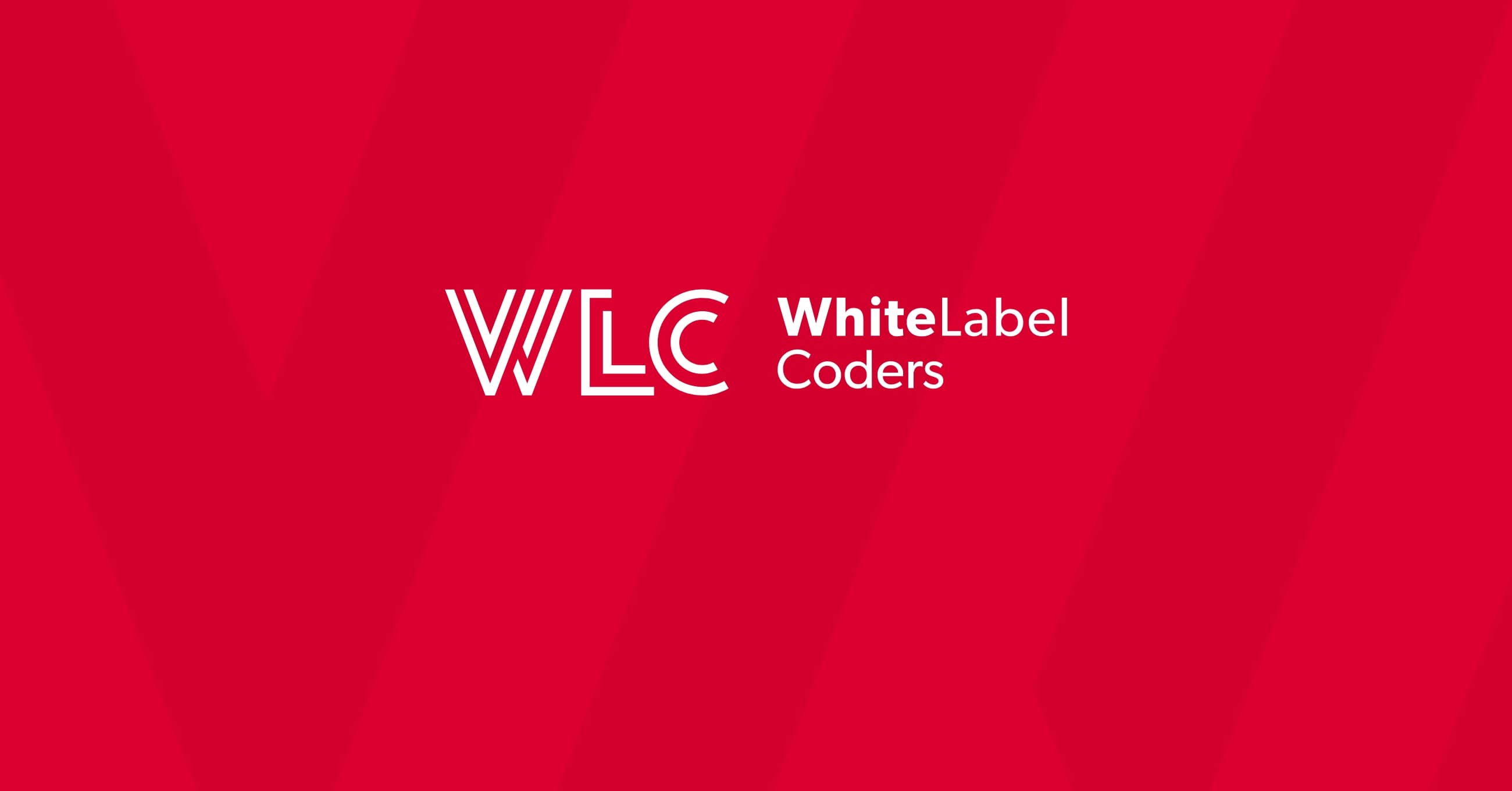Category: SEO AI
How do I create a custom HTML in WordPress?

Creating custom HTML in WordPress involves adding personalised HTML code to your website through various methods including the built-in Custom HTML block, theme files, plugins, or widgets. This allows you to enhance your site’s functionality, integrate third-party services, and achieve unique design elements that standard WordPress features can’t provide. Whether you’re a beginner using the Gutenberg editor or a developer working with theme files, WordPress offers multiple approaches to implement custom HTML safely and effectively.
Understanding custom HTML in WordPress development
Custom HTML implementation in WordPress represents a fundamental skill that bridges the gap between standard WordPress functionality and unlimited creative possibilities. When you’re working with WordPress, you’ll often encounter situations where the default blocks, themes, or plugins simply can’t deliver the exact functionality or appearance you need.
Think of custom HTML as your toolkit for breaking free from WordPress limitations. It’s particularly valuable when you’re building complex business websites, e-commerce platforms, or specialised web applications that require unique user interfaces or third-party integrations.
The importance of HTML customisation extends beyond simple styling. It enables you to create multilingual business sites with specific language switching mechanisms, implement advanced tracking codes, embed custom forms, or integrate complex JavaScript applications that enhance user experience significantly.
What is custom HTML in WordPress and why do you need it?
Custom HTML in WordPress refers to any HTML code that you manually add to your website beyond what’s automatically generated by themes, plugins, or the standard WordPress editor. It’s essentially your way of speaking directly to the browser, telling it exactly how to display or behave in specific situations.
You’ll find yourself needing custom HTML in several common scenarios. Perhaps you want to embed a sophisticated contact form that integrates with your CRM system, or you need to add specific meta tags for social media sharing. Maybe you’re trying to implement a unique navigation structure or create custom landing pages with precise layouts.
Advanced styling represents another crucial area where custom HTML becomes essential. When CSS alone isn’t sufficient, combining custom HTML structures with targeted styling allows you to create pixel-perfect designs that match your brand requirements exactly.
Third-party integrations often demand custom HTML implementation. Whether you’re connecting payment processors, analytics tools, or marketing automation platforms, you’ll frequently need to insert specific HTML snippets that these services provide.
How do you add custom HTML using WordPress blocks?
The WordPress Gutenberg editor includes a dedicated Custom HTML block that makes adding HTML code straightforward and user-friendly. This approach is perfect for content creators who need occasional HTML customisation without diving into theme files.
To access the Custom HTML block, open your page or post editor and click the plus icon to add a new block. Search for “Custom HTML” or find it under the “Widgets” category. Once you’ve added the block, you’ll see a simple text area where you can input your HTML code directly.
The beauty of this method lies in its real-time preview functionality. After entering your HTML code, you can switch between “Edit” and “Preview” modes to see exactly how your code will appear on the front end. This immediate feedback helps you catch errors quickly and adjust your code accordingly.
Here’s what makes the Custom HTML block particularly useful: it accepts any valid HTML, including inline CSS and JavaScript. You can create complex structures, embed videos, add custom forms, or implement interactive elements without leaving the familiar WordPress editor environment.
What are the different methods to insert custom HTML in WordPress?
WordPress offers multiple pathways for implementing custom HTML, each suited to different skill levels and use cases. Understanding these options helps you choose the most appropriate method for your specific needs.
| Method | Skill Level | Best For | Persistence |
|---|---|---|---|
| HTML Blocks | Beginner | Content-specific additions | Page/post level |
| Theme Files | Advanced | Site-wide changes | Permanent |
| Plugins | Intermediate | Reusable functionality | Plugin dependent |
| Widgets | Beginner | Sidebar/footer content | Widget areas |
| Functions.php | Advanced | Custom functionality | Theme dependent |
Theme file modification represents the most powerful approach, allowing you to integrate HTML directly into your site’s structure. This method requires FTP access and PHP knowledge but provides complete control over your website’s output.
Plugin-based solutions offer a middle ground, providing user-friendly interfaces for HTML insertion while maintaining code organisation. Many plugins specialise in header/footer code injection, making them ideal for analytics or tracking implementations.
Widget areas remain popular for adding HTML to sidebars, footers, or other designated areas. The Custom HTML widget functions similarly to the Gutenberg block but operates within the widget system, making it perfect for site-wide HTML elements.
How do you add custom HTML to WordPress theme files safely?
Modifying theme files requires a professional approach that prioritises safety and maintainability. The cardinal rule is never to edit your active theme directly, as theme updates will overwrite your changes completely.
Creating a child theme represents the safest foundation for theme modifications. A child theme inherits all functionality from its parent theme while allowing you to make customisations that survive updates. You’ll need to create a new folder in your themes directory with a style.css file that declares the parent theme.
Before making any changes, always create complete backups of your website. This includes both files and database backups, ensuring you can restore your site if something goes wrong during the modification process.
When editing theme files, focus on understanding the WordPress template hierarchy. This system determines which files control different parts of your website, helping you identify exactly where to place your custom HTML for maximum effectiveness.
File editing best practices include using proper code formatting, adding comments to explain your modifications, and testing changes on a staging environment before implementing them on your live site. Consider whether your custom HTML truly belongs in theme files or if a plugin-based solution might be more appropriate.
What are the best practices for custom HTML implementation in WordPress?
Professional HTML implementation in WordPress requires adherence to established best practices that ensure code quality, security, and long-term maintainability. These guidelines separate amateur implementations from professional-grade solutions.
Code validation should be your starting point. Always validate your HTML using tools like the W3C Markup Validator to catch syntax errors and ensure compliance with web standards. Invalid HTML can cause rendering issues across different browsers and negatively impact your site’s SEO performance.
Security considerations become paramount when implementing custom HTML, especially if it includes JavaScript or accepts user input. Never trust user-generated content without proper sanitisation, and be cautious about embedding third-party scripts that could introduce vulnerabilities.
Performance optimisation requires careful attention to how your custom HTML affects page loading times. Minimise HTTP requests, optimise images within your HTML, and consider lazy loading for non-critical elements. Remember that every additional element impacts your site’s speed.
Mobile responsiveness cannot be an afterthought in today’s web environment. Test your custom HTML across various devices and screen sizes, ensuring that your implementations enhance rather than hinder the mobile user experience.
Documentation and maintenance strategies ensure your custom HTML remains functional over time. WordPress customisation projects benefit significantly from proper documentation that explains the purpose and functionality of each custom implementation.
How do you troubleshoot common custom HTML issues in WordPress?
Troubleshooting custom HTML problems in WordPress requires a systematic approach that identifies the root cause efficiently. Most issues fall into predictable categories that experienced developers recognise quickly.
Broken layouts often result from unclosed HTML tags or CSS conflicts between your custom code and existing theme styles. Use browser developer tools to inspect your HTML structure and identify where the layout breaks occur. Pay particular attention to CSS specificity conflicts that might override your intended styling.
JavaScript errors frequently prevent custom HTML from functioning correctly, especially when implementing interactive elements. Check your browser’s console for error messages, and ensure that any JavaScript libraries your code depends on are properly loaded and compatible with your WordPress version.
Compatibility issues arise when custom HTML conflicts with plugins, themes, or WordPress core functionality. Test your implementations with different plugin combinations, and consider whether your custom code follows WordPress coding standards and hooks into the system appropriately.
Performance problems might manifest as slow page loading or unresponsive interfaces. Use performance testing tools to identify bottlenecks in your custom HTML, particularly focusing on large images, external script dependencies, or inefficient CSS selectors.
Key takeaways for successful custom HTML integration in WordPress
Successful custom HTML integration in WordPress depends on choosing the right implementation method for your specific needs and skill level. Whether you’re using simple HTML blocks for content enhancement or implementing complex theme modifications, the key lies in understanding WordPress’s flexibility and working within its established frameworks.
Professional development practices cannot be overlooked when implementing custom HTML. This includes proper backup procedures, child theme usage, code validation, and thorough testing across different environments. These practices separate reliable implementations from problematic ones that create maintenance headaches.
Remember that WordPress custom development extends far beyond simple HTML insertion. For complex projects requiring sophisticated functionality, multilingual capabilities, or advanced e-commerce features, professional development teams can deliver comprehensive solutions that leverage WordPress’s full potential while maintaining code quality and security standards.
The decision between DIY implementation and professional development services often depends on project complexity and long-term maintenance requirements. While simple HTML additions are perfectly manageable for most users, complex business applications, custom platforms, or mission-critical websites benefit significantly from expert WordPress development that ensures scalability, security, and optimal performance.

